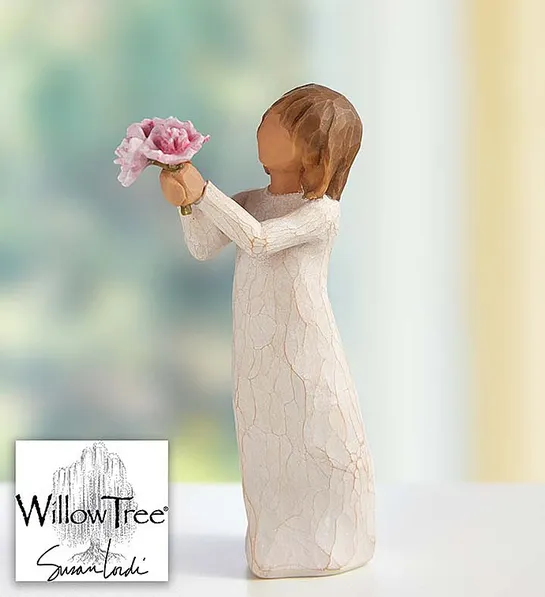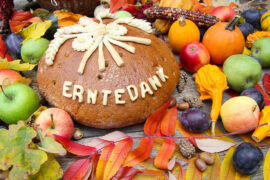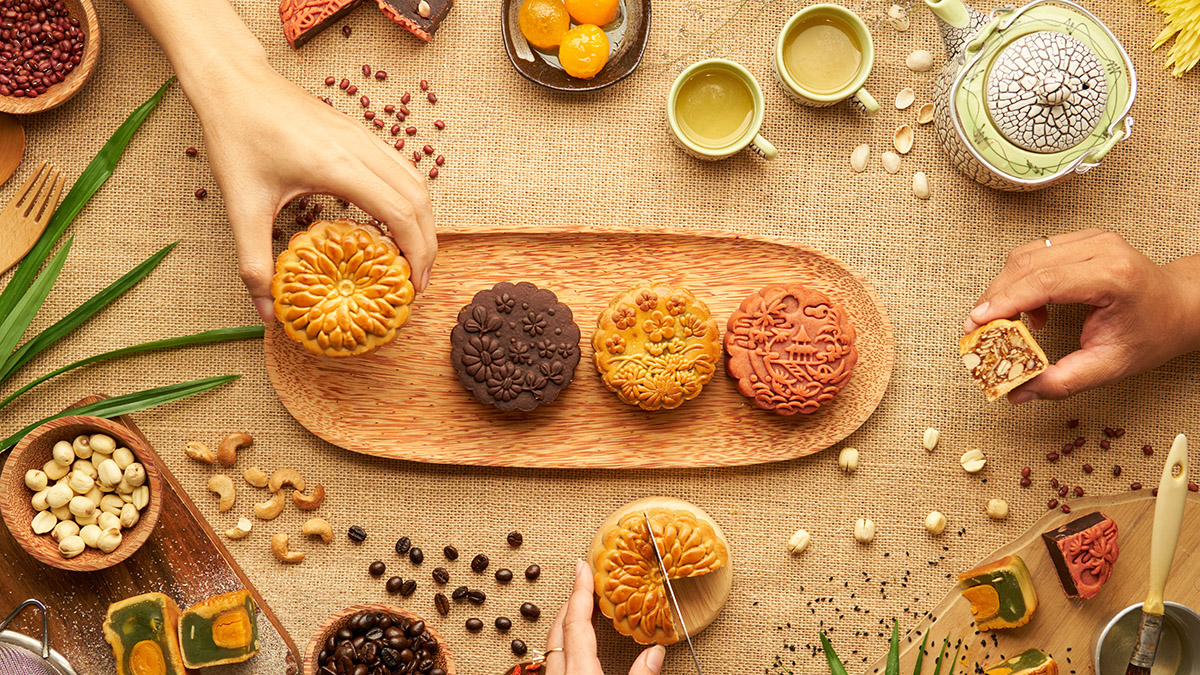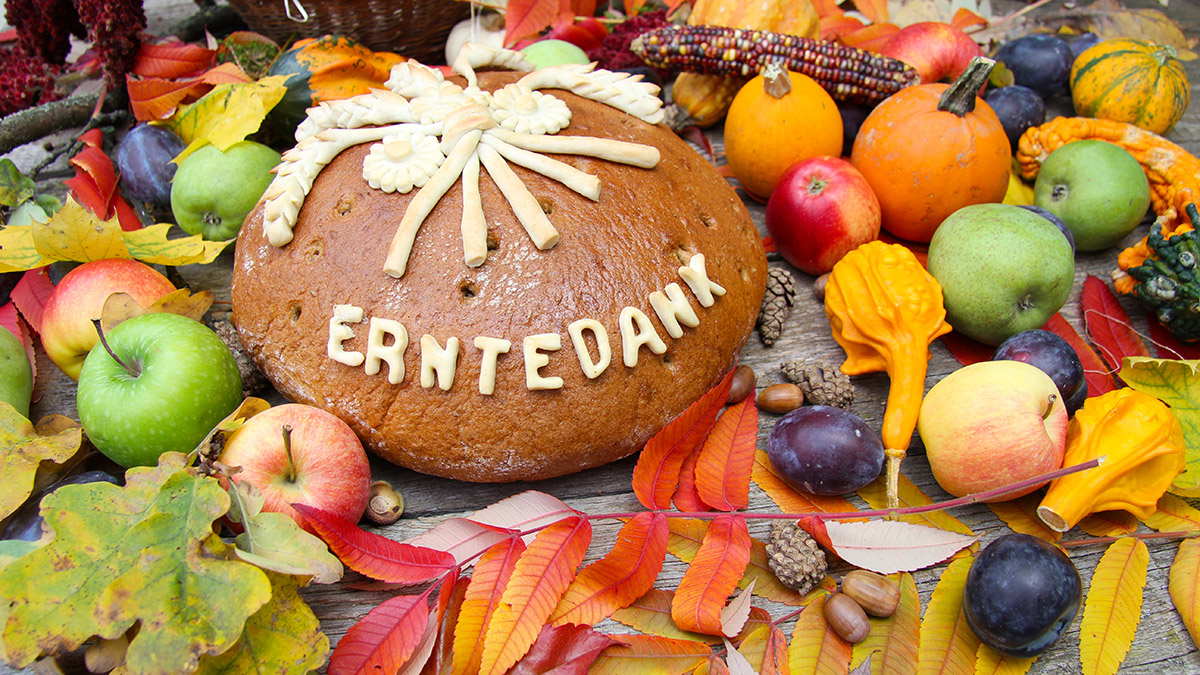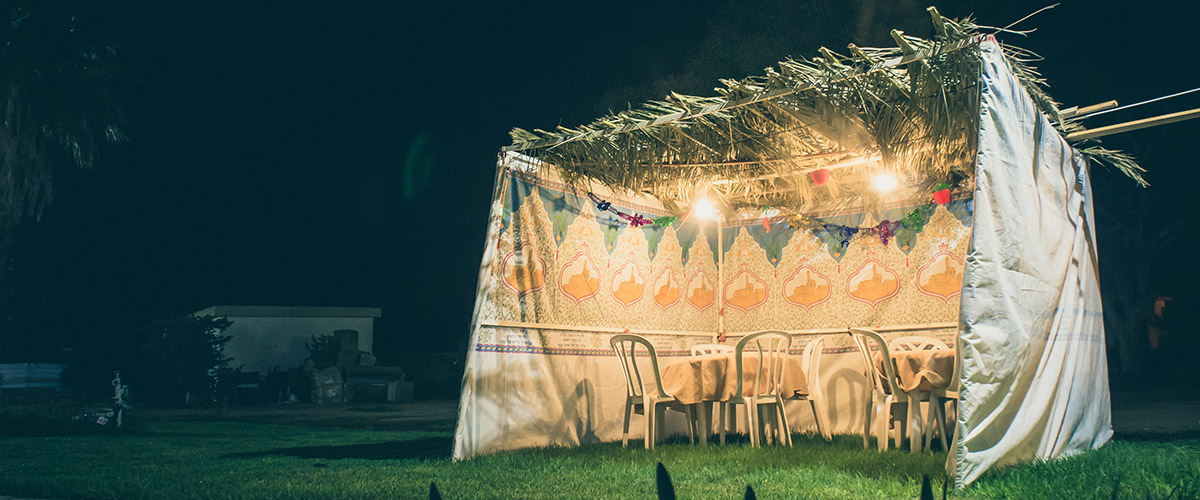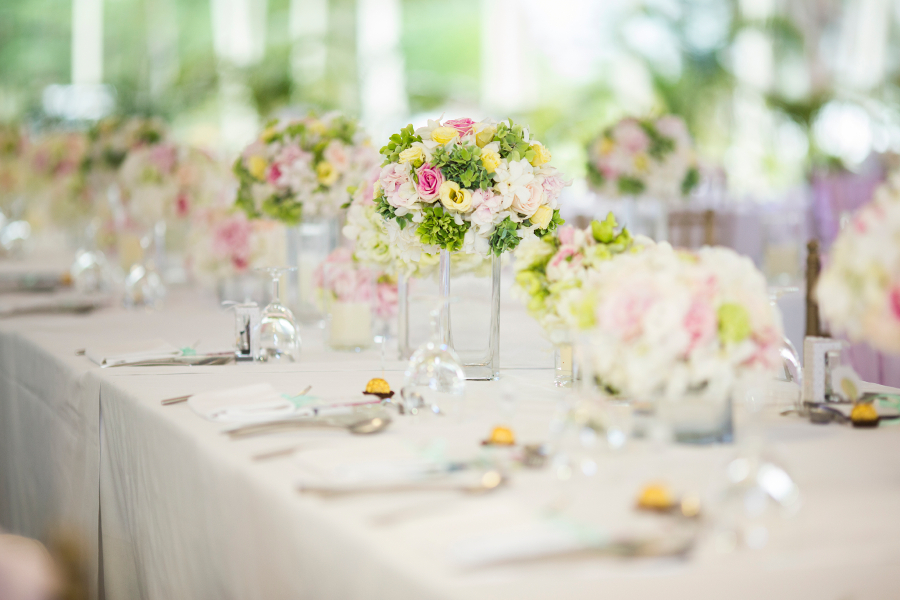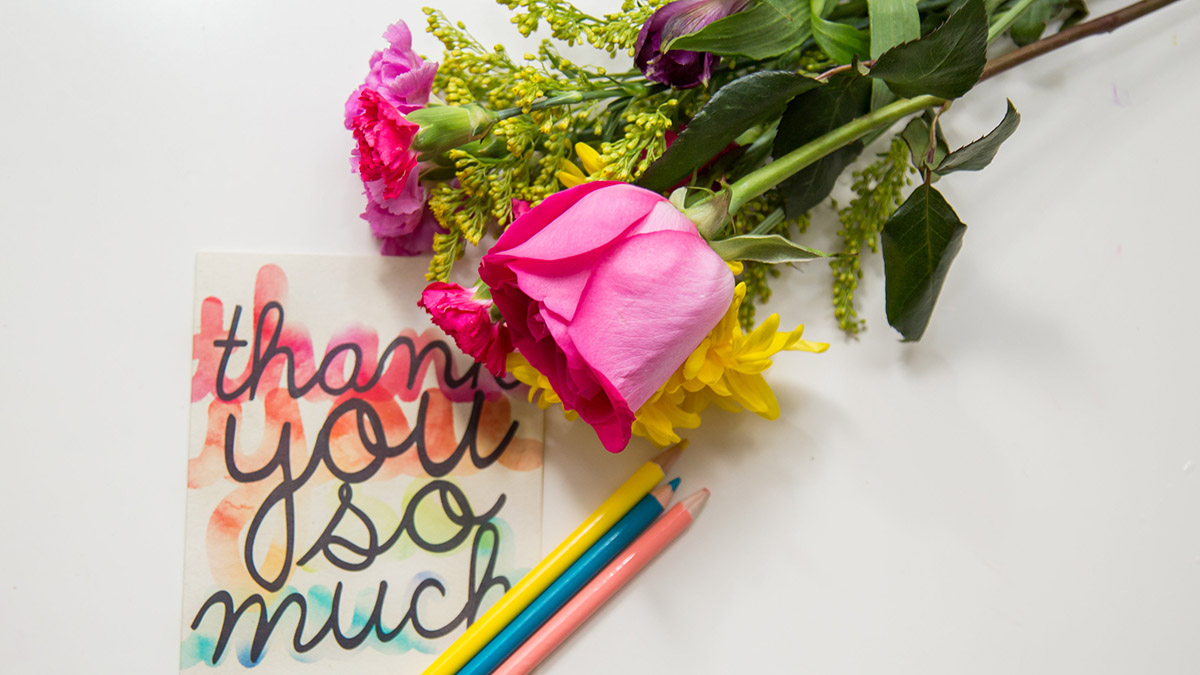
Showing appreciation to a fellow human being is one of the kindest gestures you can make. Everyone, no matter where they’re from, should make a habit of expressing gratitude to others.
But sometimes we want to tell a person how much we appreciate what they’ve done for us but can’t because a language barrier stands in our way. If you find yourself in such a predicament, don’t lose hope: We’ve compiled a list of how to say thank you in 50 different languages from all over the globe.
So whether you’re in Paris, Port-au-Prince, or Prague, just consult this guide and you’ll be confident in telling someone how grateful you are for their kindness and generosity.
Thank you in 50 international languages
- Afrikaans: Dankie
- Arabic: Shoukran
- Armenian: Shnorhakalutiun
- Bengali: Dhannyabad
- Bulgarian: Blagodariya
- Cambodian: Orkun
- Chinese, Cantonese: Do jeh
- Chinese, Mandarin: Xie xie
- Croatian: Hvala
- Czech: Dekuju
- Danish: Tak
- Fijian: Vinaka
- Finnish: Kiitos
- French: merci
- Gaelic: Go raibh maith agat
- German: Danke
- Greek: Efharisto
- Haitian: Mèsi
- Hebrew: Toda
- Hindi: Shoukriah [or] Dhanya wad
- Icelandic: Takk
- Indonesian: Terima kasih
- Irish (Northern): Nice one bro’r or Cheers mucker
- Italian: Grazie
- Japanese: Arigato
- Korean: Kamsa hamnida
- Latin: Gratias ago
- Latvian: Paldies
- Lithuanian: Attyu
- Laotian: Kob chie
- Malay: Terima kasih
- Maltese: Grazzi
- Maori: Kiaora koe
- Norwegian: Takk
- Persian: Mamnun
- Polish: Dziekuje
- Portuguese: Obrigado
- Romanian: Multsumesc
- Russian: Spasibo
- Slovakian: Dakujem
- Somali: Mahadsanid
- Spanish: Gracias
- Swahili: Ahsante
- Swedish: Tack
- Thai: Kabkoon krup (if you are male), Kabkoon ka (if you are female)
- Turkish: Teshekur ederim
- Uzbek: Rahmat
- Vietnamese: Cam on
- Welsh: Diolch yn fawr
- Zulu: Ngiyabonga
Thank you gifts
Of course, getting a gift is another great way to express thanks. Here are some fantastic gift options to show someone how much you appreciate them.



